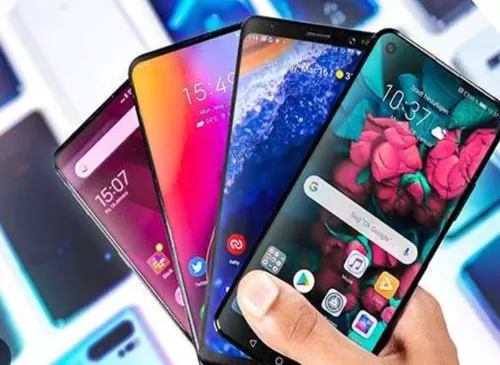Mobile Phones 101: Everything You Need to Know About Modern Smartphones
Mobile phones have become an integral part of our daily lives, but with the rapid evolution of technology, understanding the basics can be daunting. This beginner's guide will cover everything you need to know about modern smartphones.

What is a Smartphone?
A smartphone is a mobile phone that combines cellular and mobile computing functions into one device. They typically include features like internet access, apps, touchscreens, and advanced operating systems.
Key Components of a Smartphone
Processor (CPU): The brain of the phone that handles all computations and tasks. Common processors include Qualcomm Snapdragon, Apple A-series, and MediaTek.
Memory (RAM): Temporary storage used to run applications and multitask. More RAM allows for smoother performance.
Storage: Space available for apps, photos, videos, and files. It can be internal (built-in) or expandable via SD cards.
Display: The screen type (LCD, OLED, AMOLED) affects color accuracy, brightness, and battery consumption.
Battery: Measured in milliampere-hours (mAh), the battery capacity determines how long the phone lasts on a single charge.
Operating Systems
iOS: Developed by Apple for iPhones, known for its smooth user experience and tight integration with Apple's ecosystem.
Android: An open-source operating system developed by Google, used by a variety of manufacturers like Samsung, Huawei, and Google itself.
Basic Functions
Calling and Texting: The primary function of any mobile phone.
Internet Browsing: Smartphones can connect to the internet via Wi-Fi or cellular networks.
Apps: Applications extend the functionality of smartphones, available through the Apple App Store or Google Play Store.
Camera: Modern smartphones come with high-resolution cameras for photos and videos.
Connectivity: Features like Bluetooth, NFC, and GPS enhance the phone's capabilities.
By understanding these basics, you can make more informed decisions when choosing a smartphone that best fits your needs.

